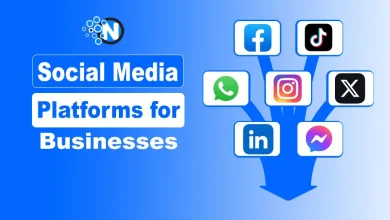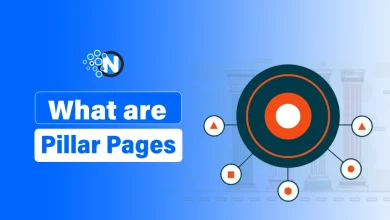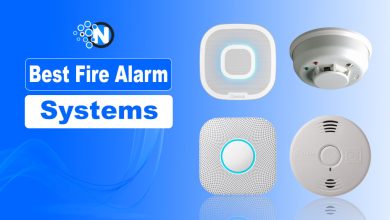Tech Build: Develop Weather Apps With Ios And Android Development Tools
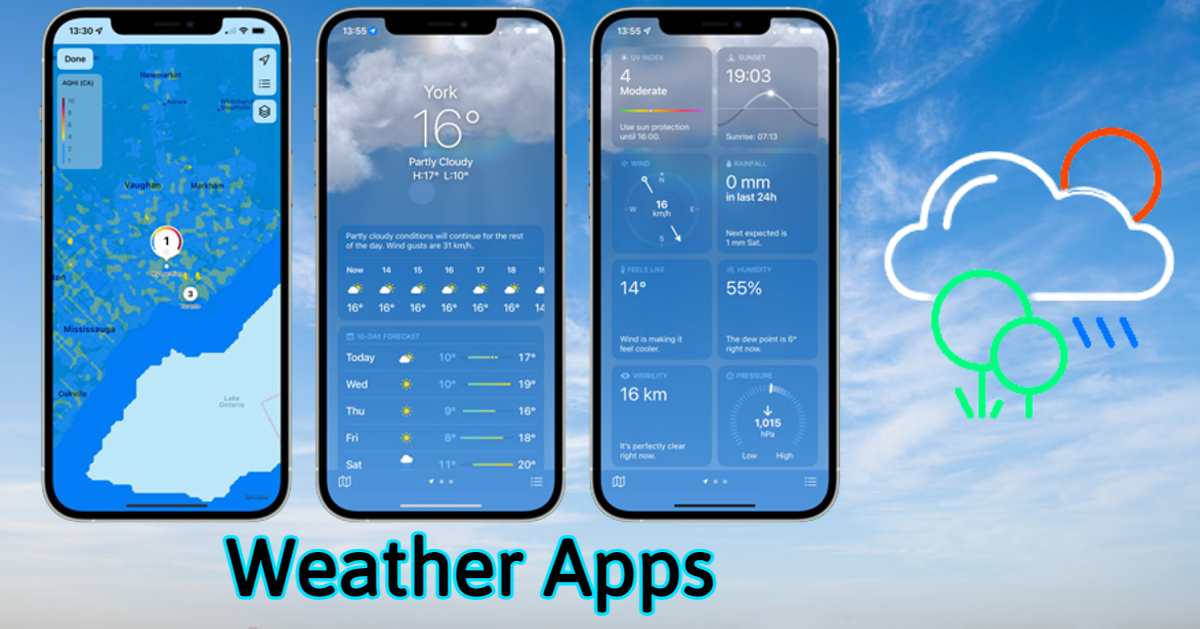
With the advancement of technology, more and more apps are being developed that help users keep track of the weather.
Building An App
There are many steps involved in the process of building an app for iOS or Android. These steps include developing the app’s code, designing the user interface, and testing and debugging the app.
Developing the code involves writing code for the app’s various features. Designing the user interface involves creating a layout for each screen of the app, as well as designing elements such as menus and buttons. Testing and debugging the app involves making sure that it works as intended before releasing it to users.
What are Some of the Most Popular Weather Apps?
There are a lot of different weather apps available on both the iOS and Android platforms. Some of the most popular apps include AccuWeather, Dark Sky, Weather Underground, and The Weather Channel. It can be hard to decide which app to use, but there are some tips available to help make the decision easier.
One thing to consider is what type of user you are. Are you looking for an app that is simple and easy to use, or do you want something with more features? Another thing to consider is the platform you are using. iOS offers a lot of different options when it comes to weather apps, while Android has fewer options at this point but is growing more each day.
Some other things to keep in mind when looking for a weather app include location services, data usage, and price. Make sure to read reviews before purchasing an app to get a better idea of what to expect.
How did Weather Apps work?
Weather apps allow users to track weather conditions in real-time and make informed decisions about when to stay indoors or go outside. For a weather app to work, it requires access to the user’s location and weather data. This data is collected by the app using either GPS or network connections. Once this data is acquired, the app uses it to generate forecasts for specific areas.
API is also used to get weather data from weather services. Developers can use the API to build their own weather apps and add features to existing apps.
What are Some of the Benefits of Using Weather Apps?
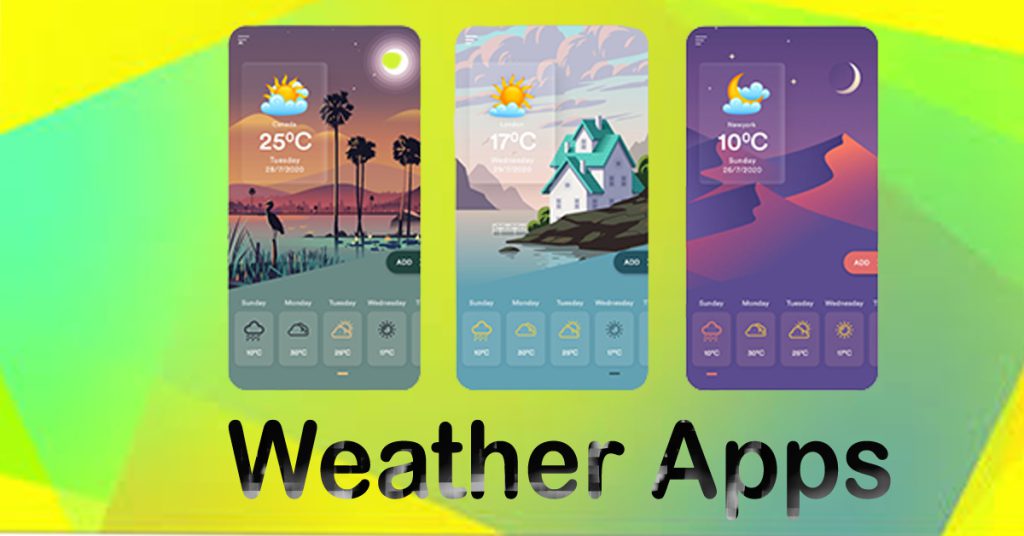
Some of the benefits of using weather apps are that they can help people stay informed about conditions in their local area and around the world. They can also be used to track weather patterns, which can give people insights into future weather predictions. Finally, many weather apps offer functionality such as the ability to alert users about severe weather conditions or suggest precautions people should take to protect themselves from potential damage.
Why Are Weather Apps So Popular?
Weather apps are extremely popular because they allow users to track weather conditions in immediate intervals. They can also access information on local weather forecasts, which can help them make decisions about when to go outside or stay inside. Additionally, many weather apps offer features such as the ability to share weather conditions with friends and family members.
Weather Application Improvements Over The Years
Weather applications have come a long way over the years. They have become more complex, accurate, and user-friendly. In this article, we will go over the different ways that you can improve your weather application using iOS and Android development tools.
One way to improve your weather application is to add more features. This can include adding new data sources, improving the user interface, or adding new animations. You can also add new features by collaborating with other developers. This will allow you to share code and ideas with other developers, which will help you create a better product.
Another way to improve your weather application is to make it more accurate. You can do this by using data from multiple sources (such as satellite and weather stations), as well as by using machine learning algorithms.
You can improve your user experience by adding features such as notifications, weather reports, and widgets. You can also add support for third-party services, like WhatsApp and Facebook.
You can improve your application by adding animations. This will make the user experience more dynamic and engaging.
Weather apps are a great way to stay informed about the weather. They provide users with a wealth of information about the current state of the weather and how it may change in the future.

